
How to Write Effective Content for Online Courses, by Jessica Fender
What makes an online course helpful and constructive? What are the features that make it a high-quality course you’d recommend to a friend?
Writing effective content for an online course is far from an easy task. You can be the expert in the given subject and a skilled master of what you want to teach. But, it takes more than your knowledge to write content for an online course. You have to know how to transfer that knowledge to hundreds or (hopefully) thousands of course-takers who expect the right information, value, and instructions.
If you’re thinking about writing an online course, but aren’t sure how to make it effective and powerful, just keep reading. This guide will teach you the nuts and bolts of writing stellar course content.
1. Specify the Target Audience
Your course needs to speak to a specific group of people and satisfy their needs and expectations. You can’t start writing your course content without deciding who your target audience is.
The more specific you get, the better content you’ll be able to write.
So, think about the people this course is designed for:
- beginners or advanced learners
- hobbyists or professionals
- those who have background knowledge or don’t
- younger or older generation
- officially educated in this field or not
Think about all the specific characteristics of your typical course taker and have them in mind before you start writing.
2. Set Objectives
The next thing you need to define is what exactly you want the people to achieve with your course.
Setting clear objectives for your course is a must. You have to know what to put focus on and how to build your content around it. So, make sure you answer these questions:
- What do I want to teach these people?
- What skills will they acquire?
- Which lessons will they learn?
- What will they be able to do once the course is finished?
Think about the results of your course and decide what the cornerstones may be. Then, get ready to start writing your content.
3. Outline Briefly
Now that you know what you want to achieve, it’s time to start thinking about the course’s content. You can’t just sit down and start writing it – first you need to prepare.
So, start with your outline.
An outline will briefly summarize:
- the lessons you want to cover
- the information you want to include
- the sections you’ll include
- the structural organization of the course
So, your outline should be written in bullet points and should only contain basic information about the things you want to include in the course’s content. As you continue writing, you’ll further develop your content based on each of the bullet points in your outline.
4. Write the Introduction
The introduction part of your course needs to be specific and informative, to help the course takers prepare for more elaborate information later on. I should give your audience a basic idea about the focus point of your course, its main objectives, outlining their expectations for your program.
In your course introduction, try to:
- present and explain the basic concepts you’ll be using
- introduce the resources and materials you’ll cover
- explain how the course will work
- prepare the course takers for what’s coming
Your introduction should set grounds for more complex materials that are coming up in the body part of the course, but it should also make it more appealing and get your audience excited for what’s to come.
5. Develop The Body
After you’re done with your introduction, it’s time to focus on the main, body part of the course. It should be divided into sections that guide the course taker through the materials, one step at a time.
Each section needs to:
- have a title that clearly indicates what’s it about
- include keywords to boost the SEO of the course
- have a specific goal
- fully cover the subject
- take your course one step further
Let’s say you’re putting together a writing course for people who want to get a job at a writing company.
Each section should cover one type of written content they’ll be dealing with – from writing a personal statement to an elaborate research proposal. When a client comes and says “write my research paper for me”, you need to make sure they’re ready to help students with their academic assignments and offer professional writing help. Be careful to organize your sections logically, so that the students never get confused or lost.

6. Give Clear Instructions
When you’re in charge of a group of students taking an online course, you can’t leave any room for misunderstandings. They need to be certain of what they’re doing, and confident every step of the way.
So, make sure you’re giving clear instructions.
Here’s how to do it:
- write in short, simple sentences
- demonstrate one idea at a time
- go straight to the point
- remove anything redundant
Don’t beat around the bush and don’t repeat what you’ve already said. Just move from one idea to the other, seamlessly.
7. Use Additional Materials
You can’t create an effective course with just plain theory. You need more to help your students make the most out of the course.
So, use additional materials that will help them learn:
- practical exercises
- charts
- videos and images
- self-evaluation sheets
- mini-tests
- printable handouts
Help your students memorize the information and acquire the knowledge through different study materials you’ll attach to each section.
8. Provide the Final Self-Check
You want your students to be happy with the course and feel like they’ve invested their time wisely. To do this, the concluding part of your course needs to show them what they’ve learned and how far they’ve come.
So, give them the final exam they’ll use to check and apply the knowledge and skills they’ve acquired throughout the course.
It could be:
- a test of their theoretical knowledge
- a practical task they need to complete
- an individual project
Any type of self-check and proof that the course was worth the time, energy, and effort they’ve invested will be great. So, find the best way to show them how much they’ve improved and how skilled they’ve become.
9. Simplify Your language
No matter who your target audience is – expert or beginners, you should always make the general tone of your language straightforward. There’s no need in making it more complex than it already is.
So, as you’re writing, just focus on the following:
- avoid technical vocabulary
- find the simplest way to express your thoughts
- avoid professional slang and jargon that might be unfamiliar to some
- stick to the simple, everyday language
This won’t make your course any less valuable or professional. It will simply help your students digest and comprehend the materials faster and easier.
As a result, they’ll be more motivated to progress, willing to learn, and satisfied with the overall course.
Shop Online Courses at Total Training
Final Thoughts
When you’re writing content for an online course, you have a huge responsibility to your students. They expect you to recognize their needs, fill their knowledge gaps, and give them the valuable information they’ll be able to use later on.
The 9 steps we’ve shared above will guide you through the process of writing effective content for your next online course. Use them and start working on your course today.
Author’s bio
Jessica Fender is a copywriter and blogger at Writeload with a background in marketing and sales. She enjoys sharing her experience with like-minded professionals who aim to provide customers with high-quality services.




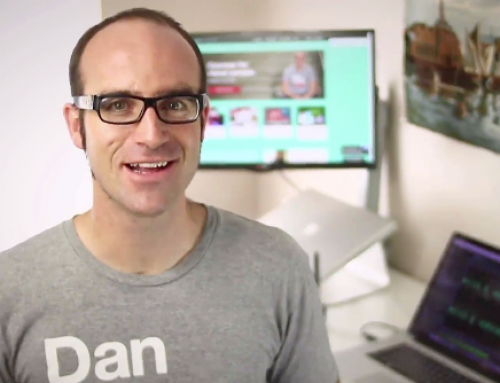



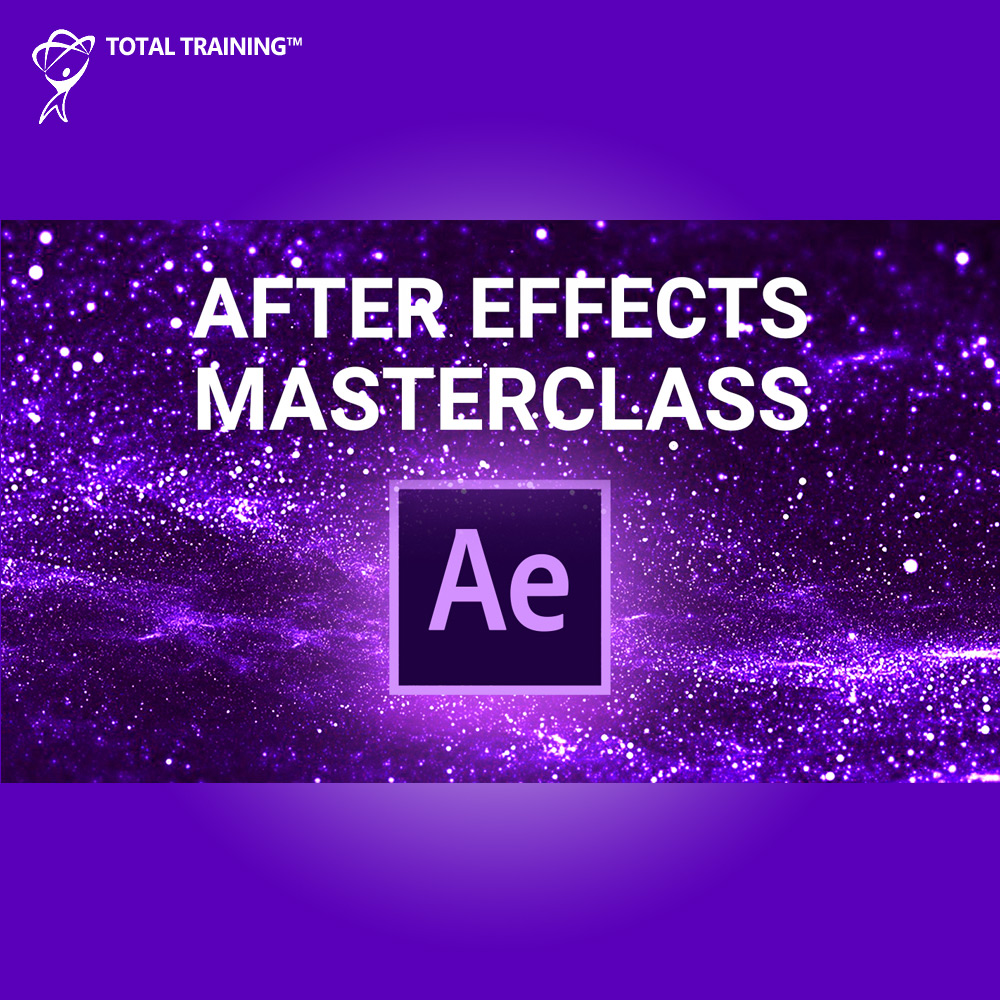

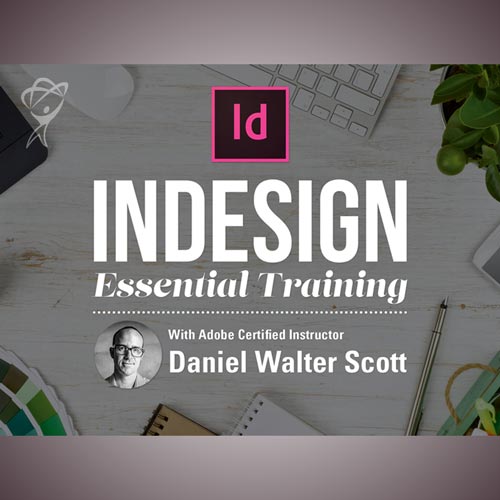
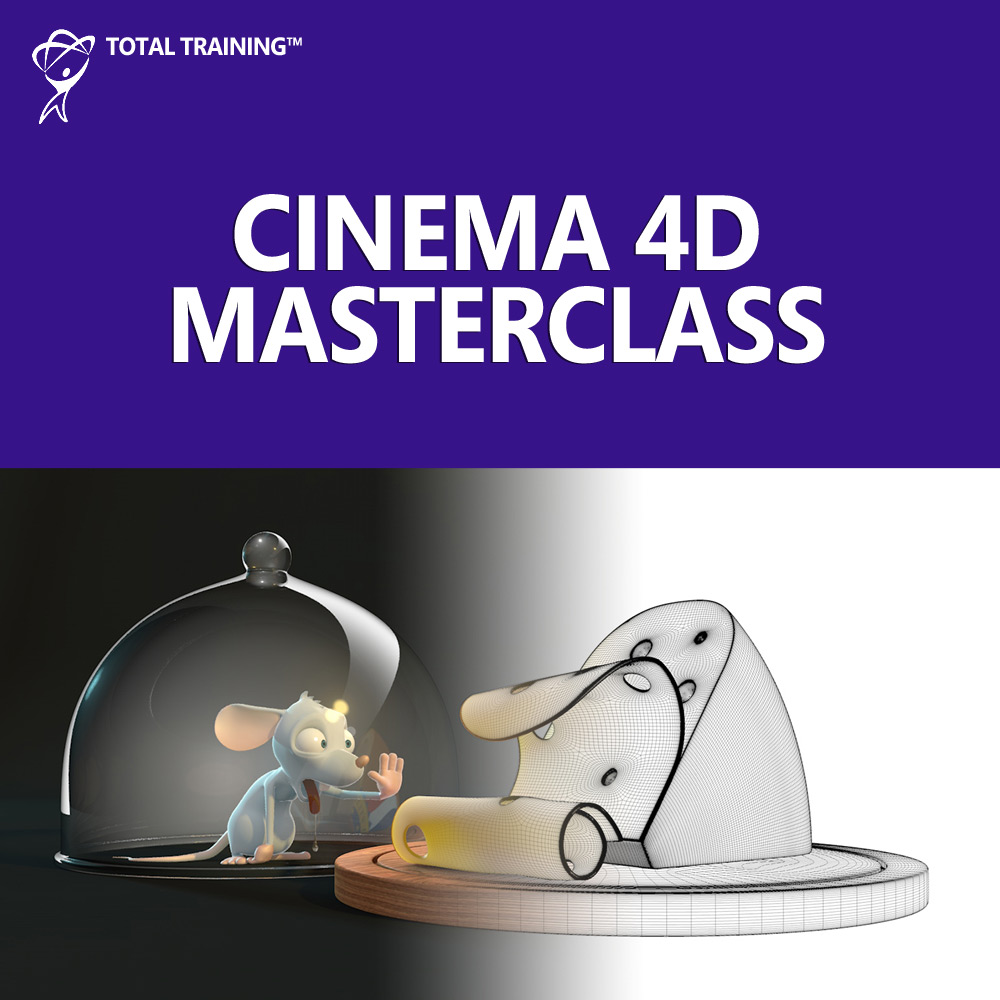

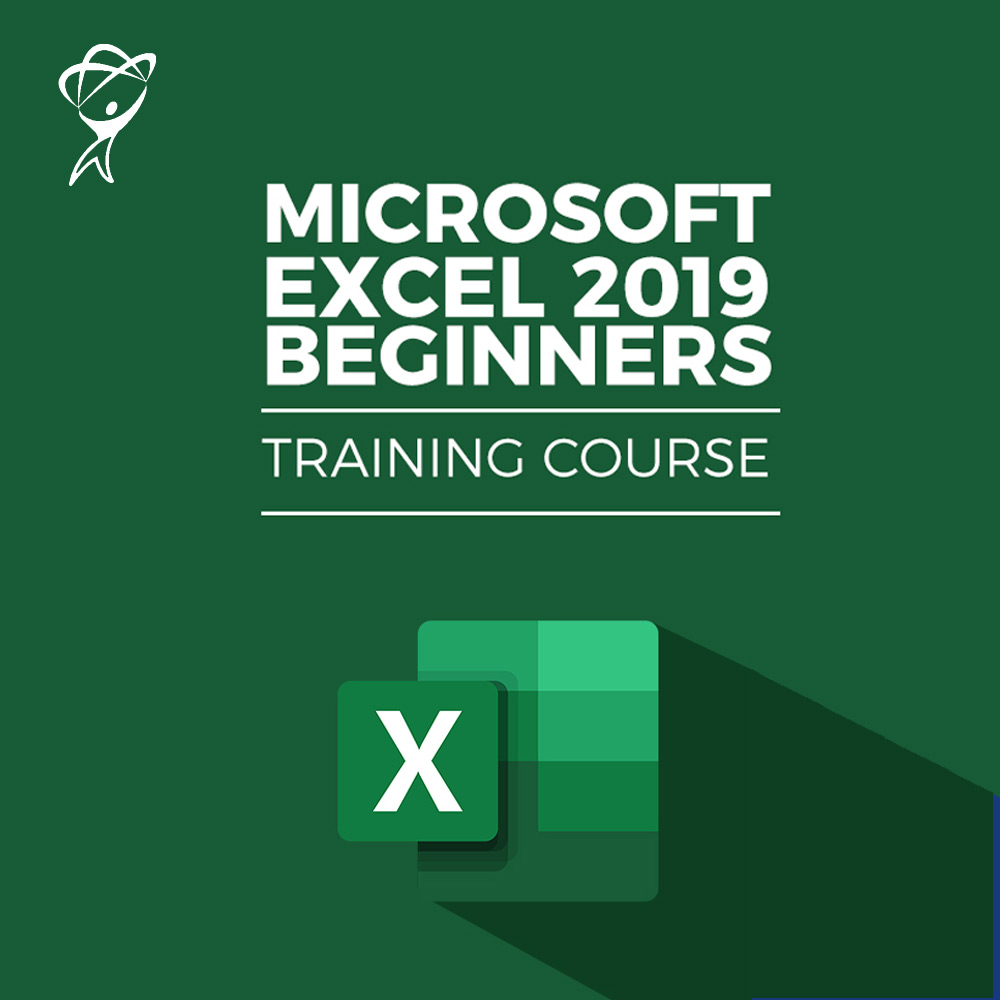

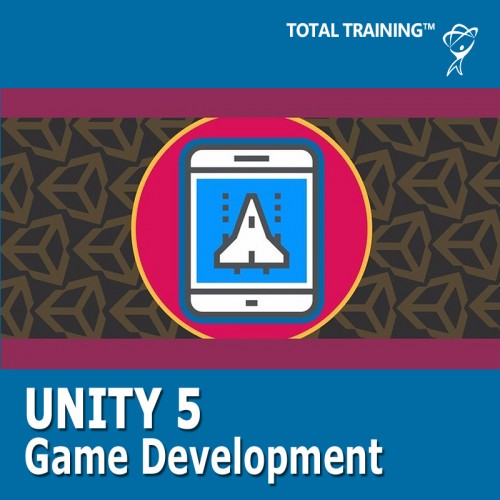


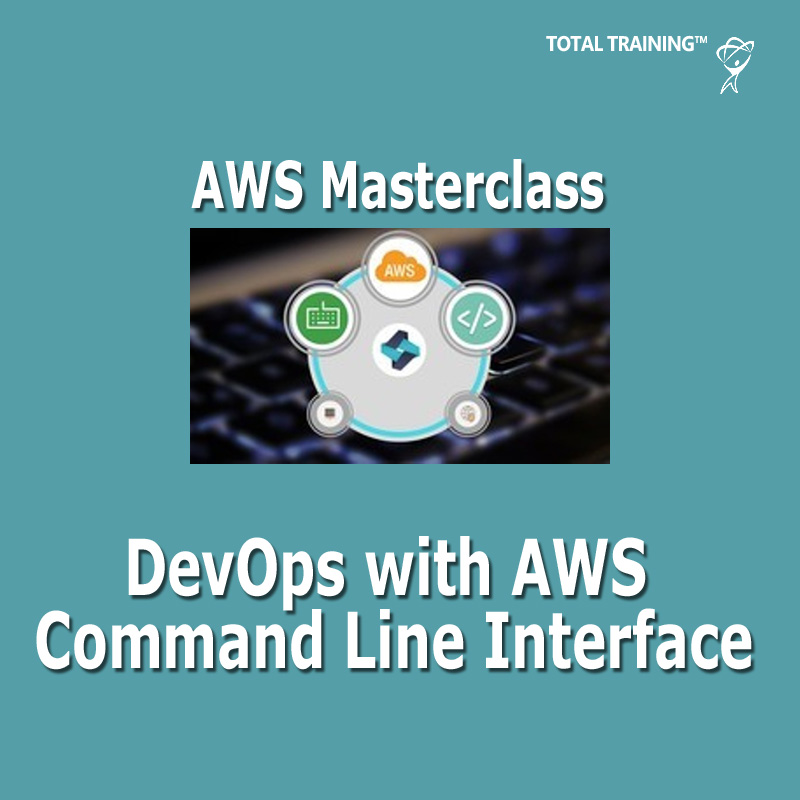
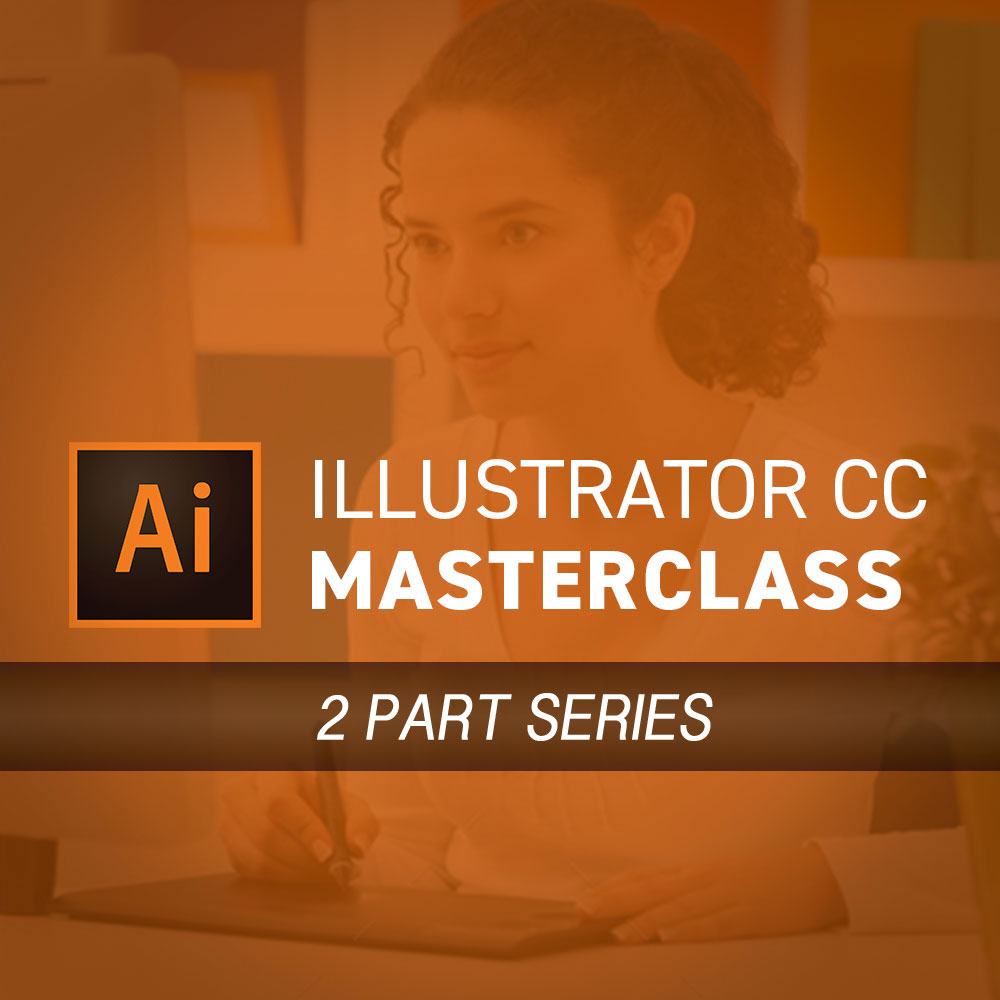



Leave A Comment